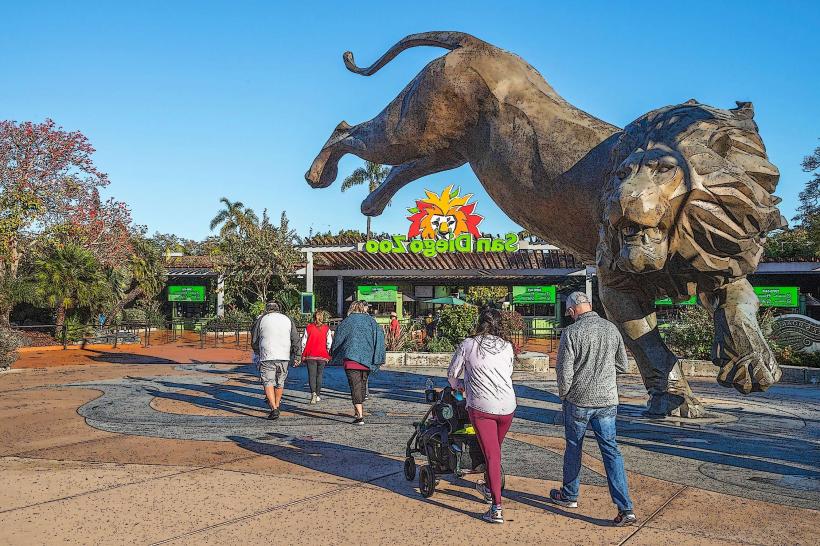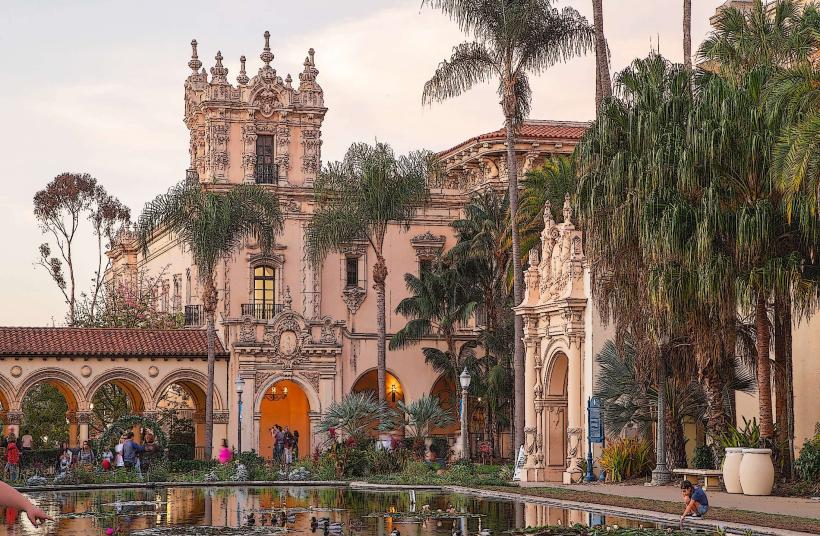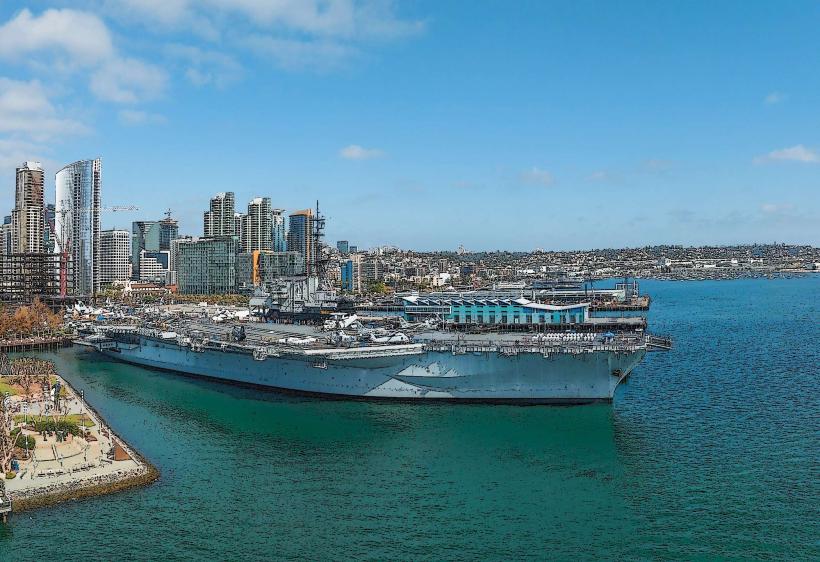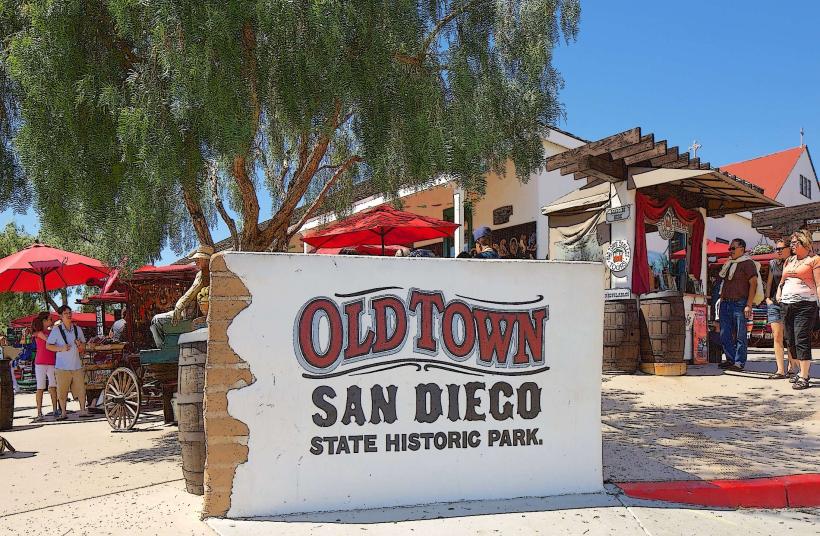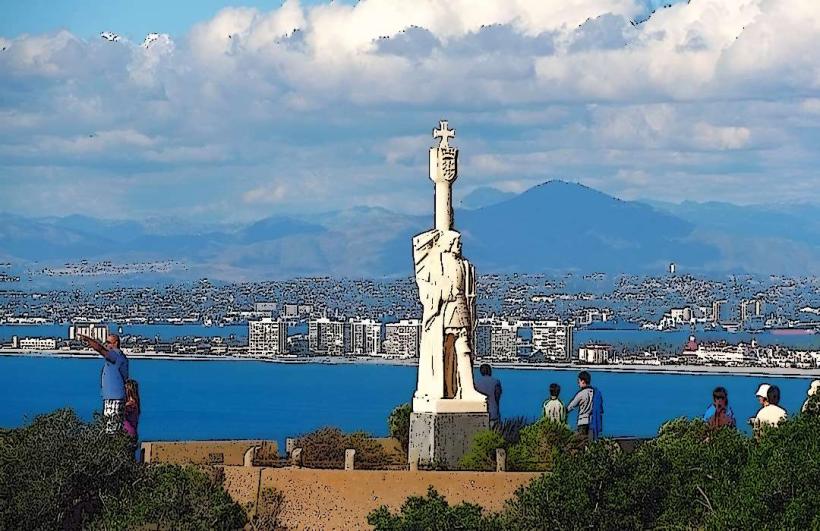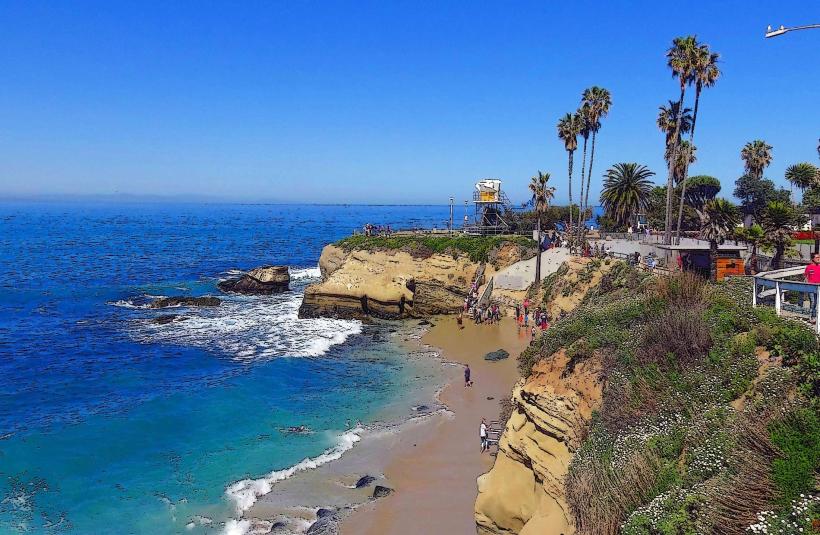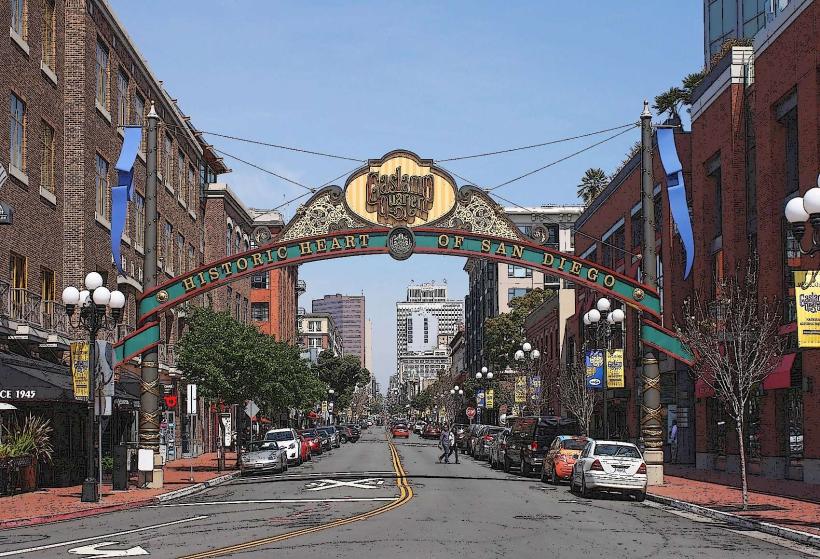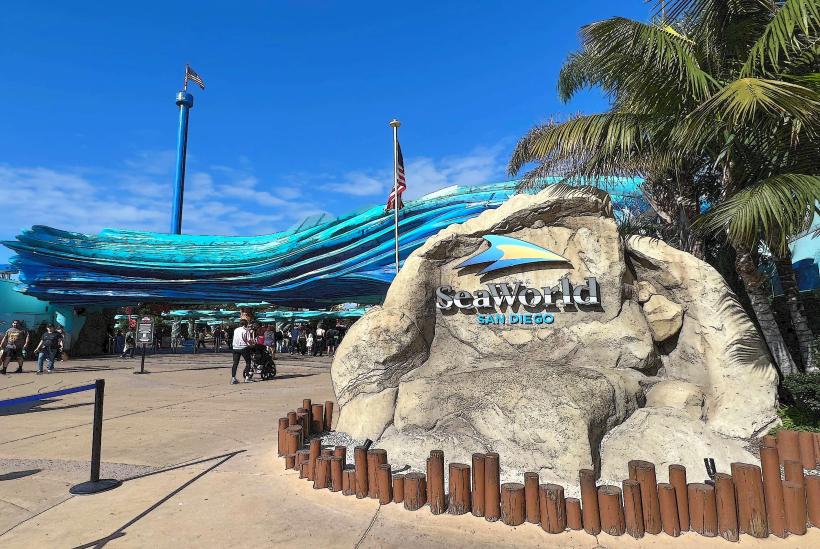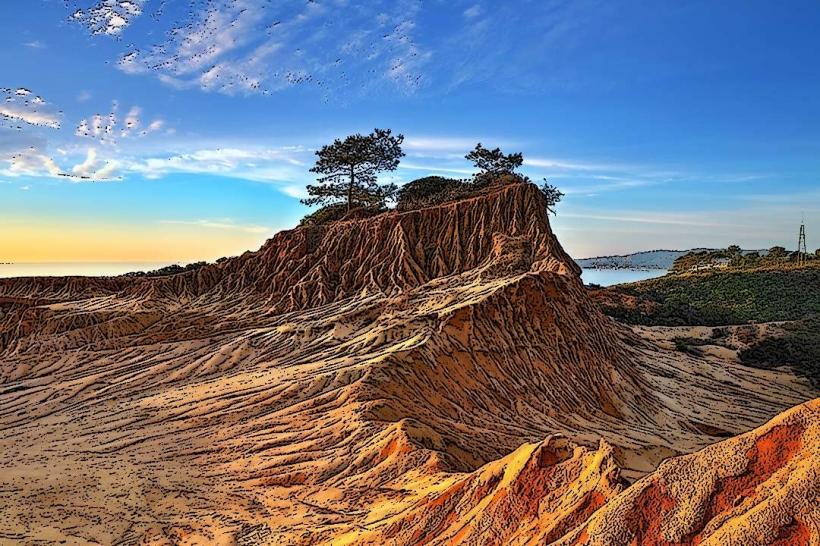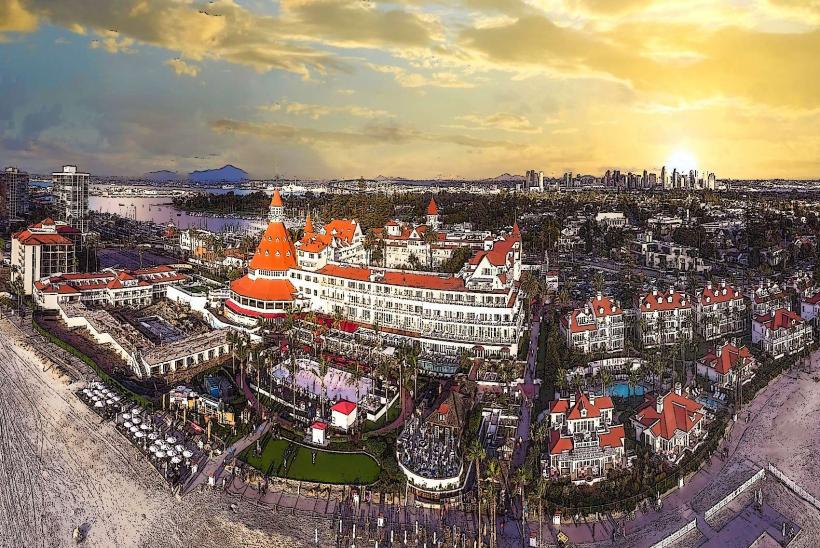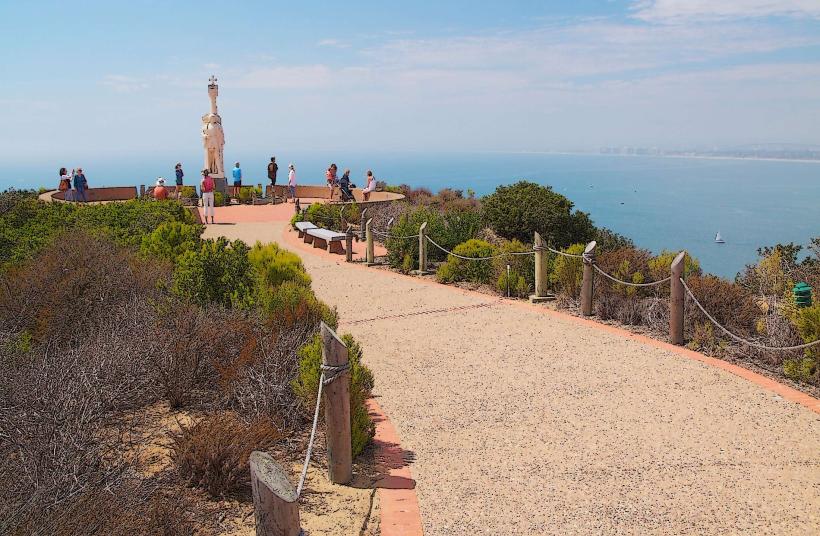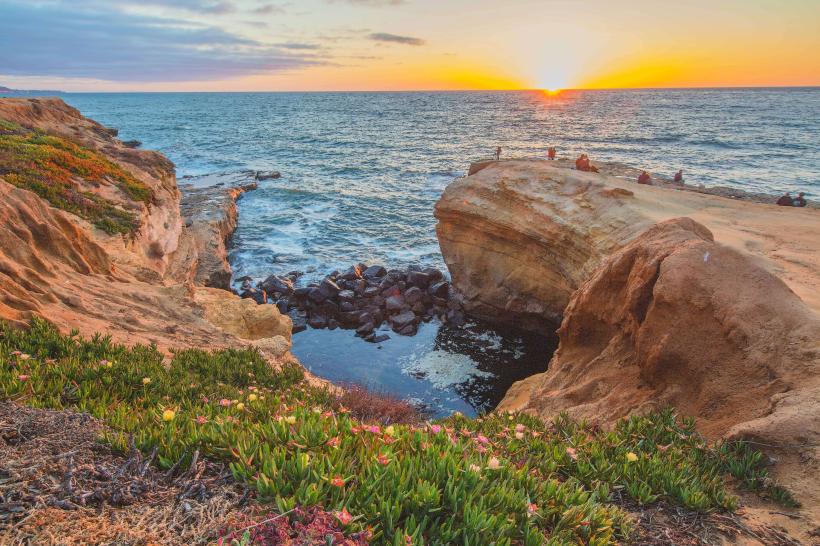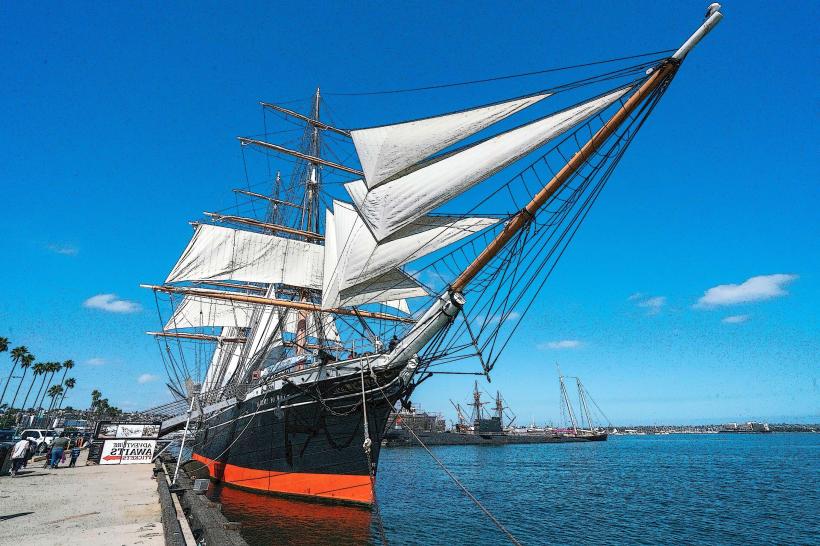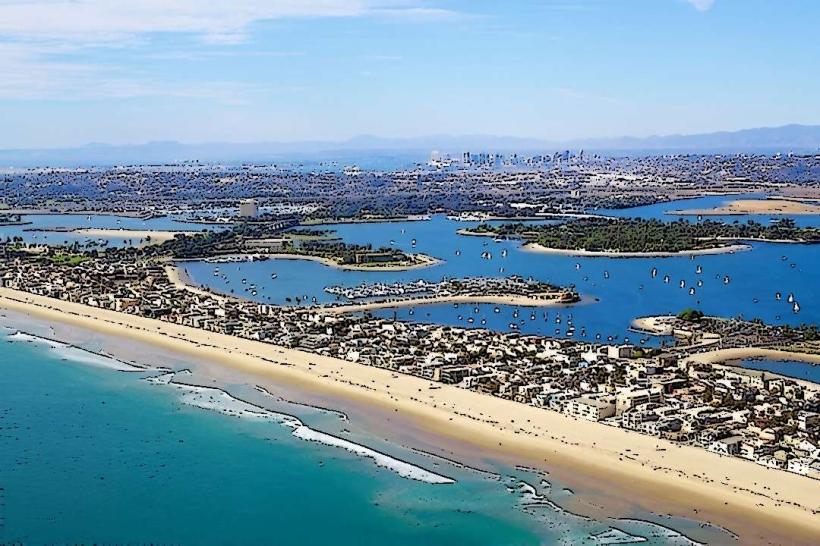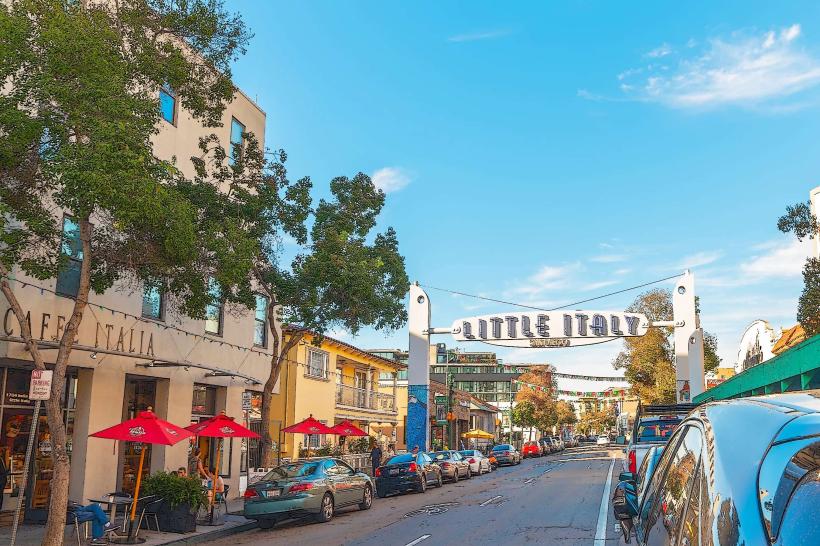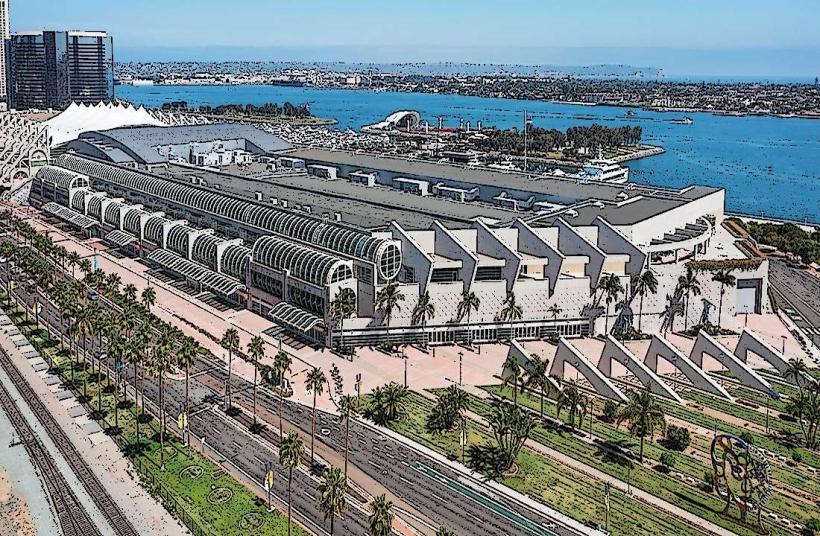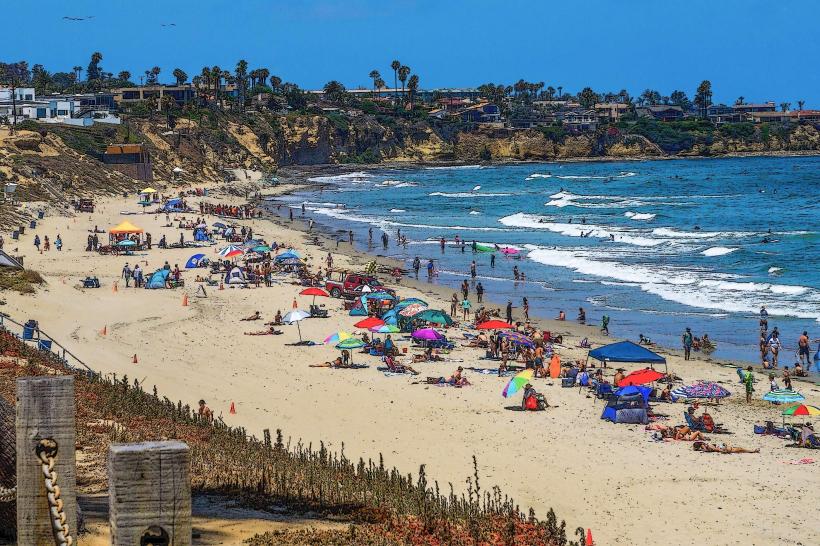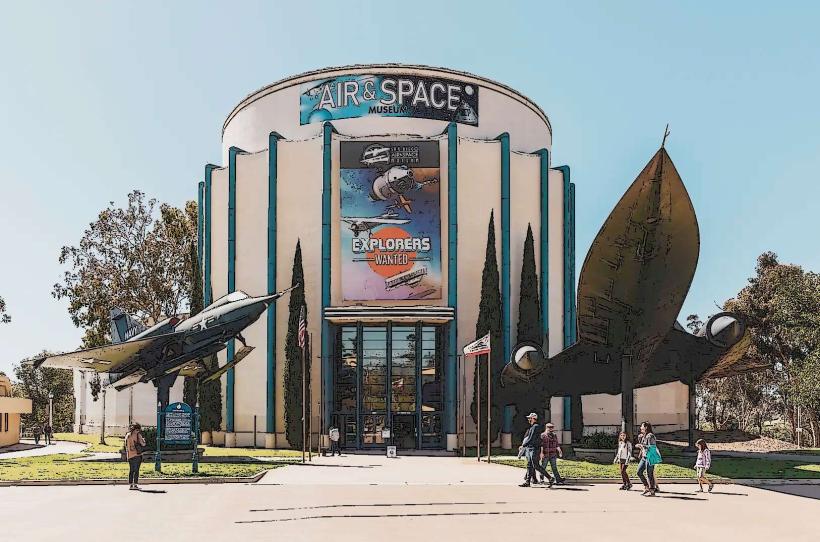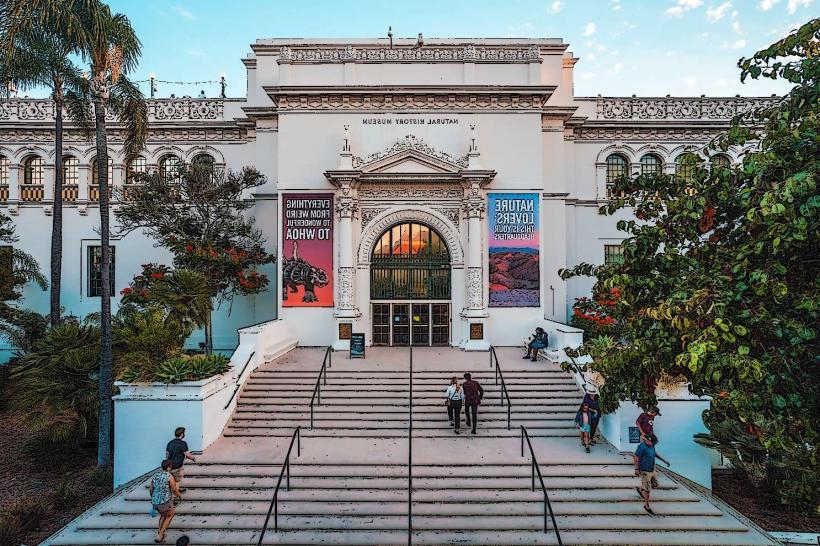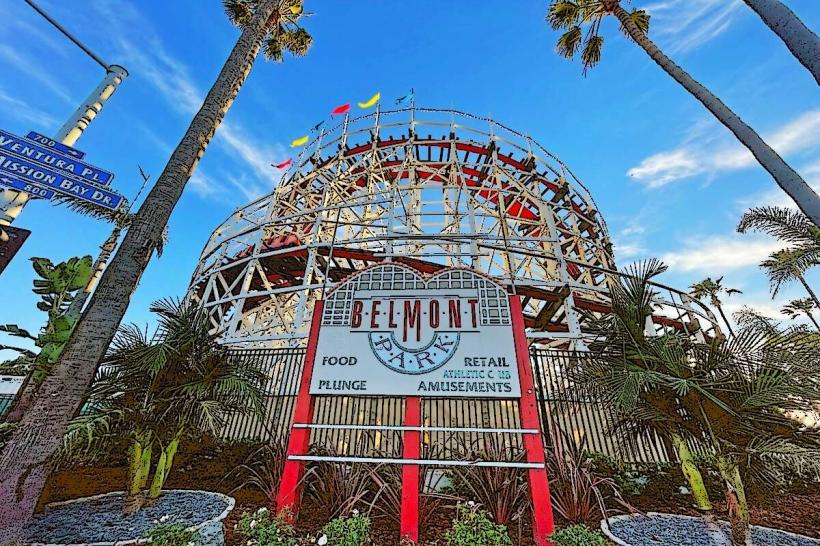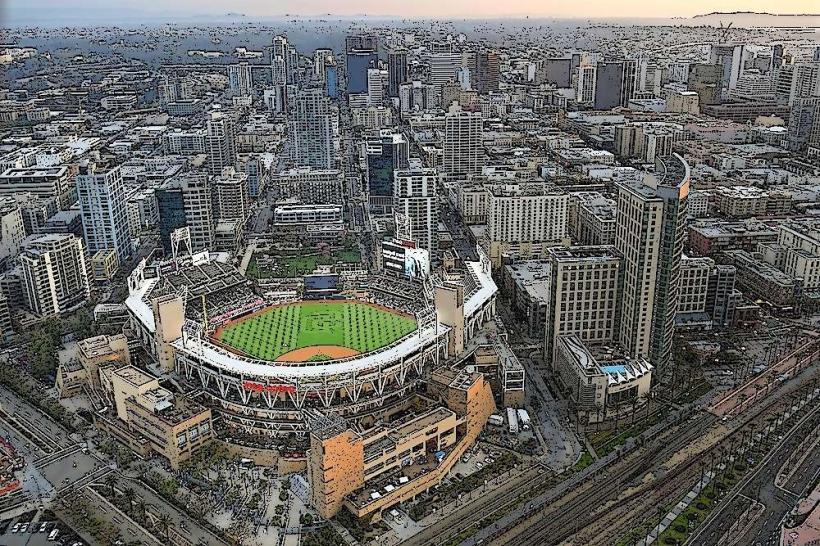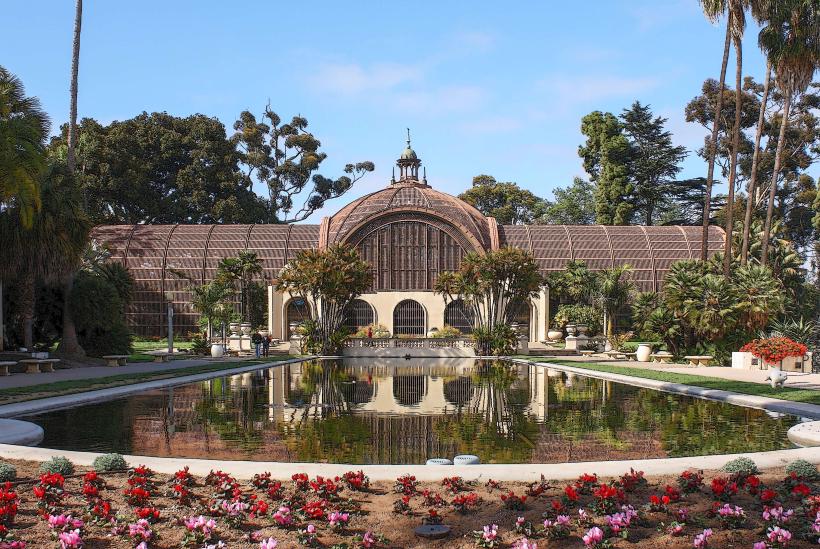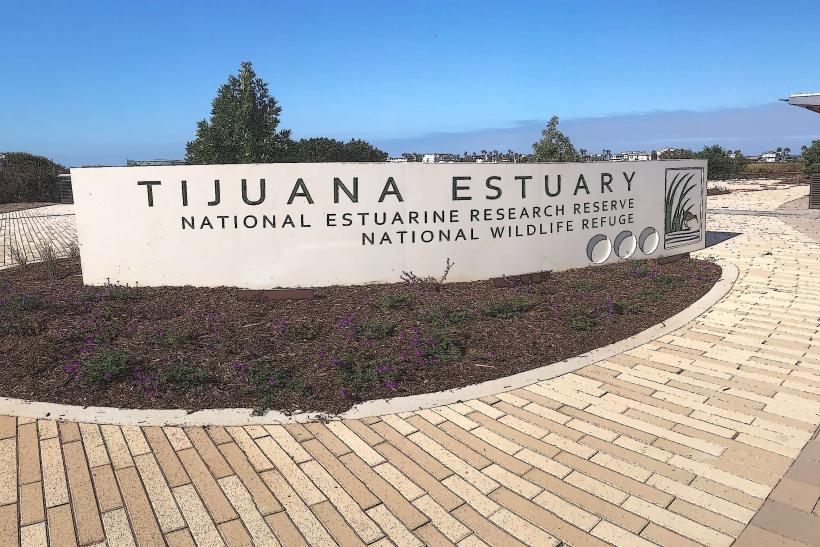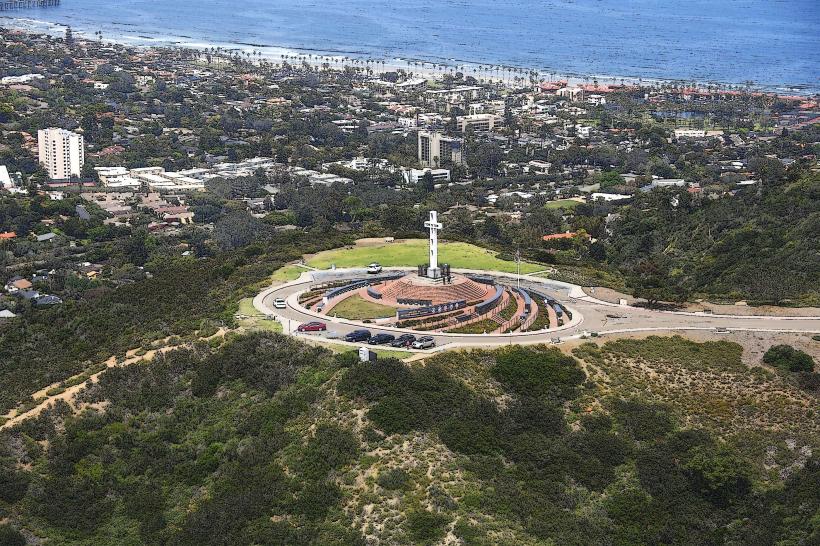Information
Landmark: San Diego Museum of ArtCity: San Diego
Country: USA California
Continent: North America
San Diego Museum of Art, San Diego, USA California, North America
The San Diego Museum of Art (SDMA) is the oldest, largest, and most prestigious art museum in the San Diego region. It is located in Balboa Park, the city’s renowned cultural heart, and has been a central part of the community since it opened in 1926. Below is a detailed overview of the museum's history, architecture, collections, and visitor experience.
Historical Background
The museum was originally founded as the Fine Arts Gallery of San Diego and was renamed the San Diego Museum of Art in 1978. It was established with the goal of bringing fine art to the growing city of San Diego and to reflect global artistic traditions. Its founding benefactors included wealthy local families such as the Spreckels, Marstons, and Putnams, whose donations were instrumental in acquiring key works for the early collection.
Architecture
The building is a prime example of Plateresque-style architecture, inspired by Spanish Renaissance buildings. Its design was influenced by the architecture of the University of Salamanca and the Cathedral of Valladolid in Spain. The façade is especially notable for its intricate stonework, including sculptures of renowned Spanish artists such as Murillo, Velázquez, and Zurbarán. The architectural design was created by William Templeton Johnson, a prominent local architect.
Collections
The museum's permanent collection spans more than 5,000 years and includes over 20,000 objects. Its primary strengths include:
Spanish Old Masters: The museum holds one of the finest collections of Spanish art in the United States, including works by El Greco, Goya, Murillo, Ribera, and Zurbarán.
Italian Renaissance and Baroque: Featuring works by Giovanni Bellini, Luca Signorelli, and Carlo Dolci.
South Asian and East Asian Art: With important Hindu and Buddhist sculptures, Indian miniatures, and Chinese ceramics.
19th and 20th Century American and European Art: Including pieces by Monet, Cézanne, Picasso, and Georgia O’Keeffe.
Modern and Contemporary Art: The museum also features rotating contemporary exhibitions and installations by local and international artists.
Special Exhibitions and Events
SDMA regularly hosts major traveling exhibitions, often in collaboration with leading international institutions. These exhibitions have included retrospectives on artists such as Frida Kahlo, Rembrandt, and Picasso, as well as thematic shows exploring global and historical subjects. The museum also curates focused displays using its own collection.
Annual events such as Art Alive, held each spring, are particularly popular. During this event, floral designers create elaborate arrangements inspired by works in the museum’s collection.
Library and Research
The San Diego Museum of Art Library supports scholarly research and houses rare art books, auction catalogs, and archival material. It is open by appointment to researchers and students.
Educational Programs
SDMA is deeply involved in arts education, offering a wide range of programs for children, families, teens, and adults. These include:
School group tours and teacher resources
Studio art classes and workshops
Art lectures and symposia
Family drop-in days and interactive art-making
Visitor Experience
Location: Balboa Park, near other major institutions such as the Museum of Photographic Arts and the Timken Museum.
Hours: Generally open daily except Wednesdays. Hours may vary for holidays and special events.
Admission: Offers general admission tickets, with discounts for students, seniors, and military personnel. Admission is often free for San Diego residents on specific days.
The museum includes a gift shop, café, and outdoor sculpture garden. Accessibility and multilingual resources are provided to make the museum welcoming for all.
Cultural Role
The San Diego Museum of Art plays a crucial role in promoting arts and culture in the Southern California region. It serves as a bridge between the city’s diverse communities and global art traditions. It also actively supports local artists through exhibitions, competitions, and partnerships.

